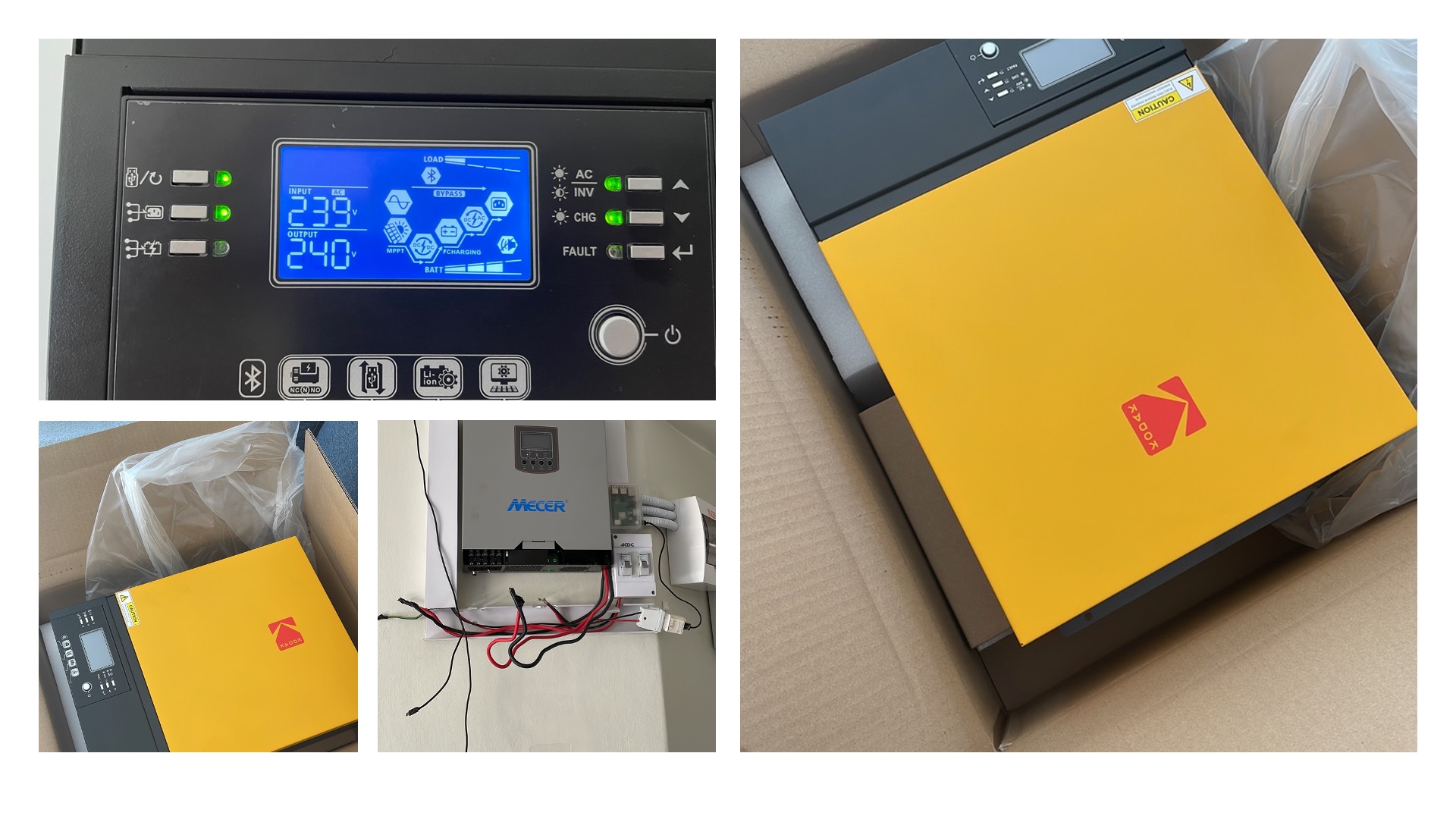Some articles you might also be interested in...

Kodak OG3.24 Inverter Review
The Kodak OG3.24, a lot of potential, but a tainted experience.
Read The Article
Sonoff SNZB-02 Zigbee Temperature & Humidity Sensor
Enclosed in the same shell, SNZB-02 Zigbee temperature & Humidity sensor reports back every couple of minutes. The sensor is powered by CR2450 3V battery. The extra capacity means that the sensor will last a really long time. I have a heater connected to eWeLink app and, once I added a hub (absolutely required) this thing has performed well. The heater is controlled within +- 1°C. That's another thing, eWeLink only provides temperature readings in °C with no option for °F. I'm thinking about placing another sensor on the outside of the window so that I can control based on outdoor temperature as well.
Read The Article
How to access BBC iPlayer outside of the UK
You might have found that Hulu is limited to US viewers and the BBC iPlayer is likewise limited to UK IP addresses, however using a very easy to set up proxy server you can access BBC Iplayer, Hulu and many others from any country on all of your internet capable devices such as your Laptop, PC, Mobile Device, Kindle Fire TV, Apple TV, Google Chromecast etc. In this guide you get the ultimate viewing experience when streaming/downloading any type of regional or geo-blocked content online.
Read The Article